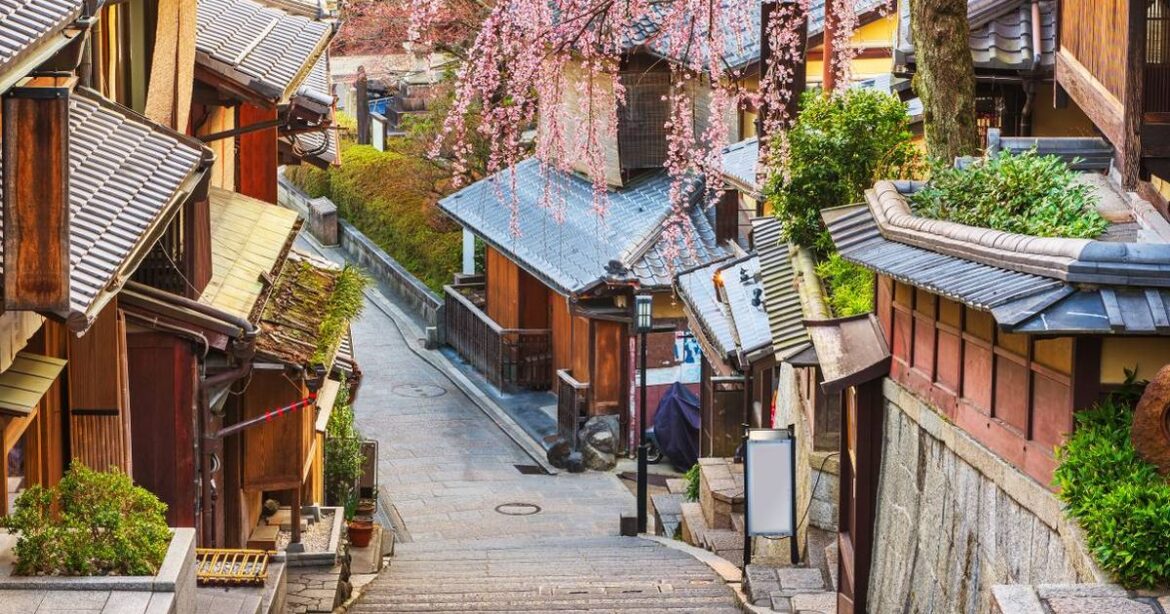Kyoto in Japan has long been a firm favourite with tourists from all over the world, thanks to its beautiful cobbled streets, traditional tea houses and countryside views Kyoto is a popular destination (Image: Getty Images/iStockphoto)
Kyoto is a popular destination (Image: Getty Images/iStockphoto)
Tourists planning a trip to the stunning city of Kyoto, famed for its breathtaking views and rich culture, are set to face a staggering 900% increase in tourist taxes.
The Japanese city, beloved by travellers worldwide for its charming cobbled streets, traditional tea houses and scenic countryside, has been grappling with overtourism for years, striving to manage the influx of visitors.
In an effort to alleviate the impact of overtourism, the city is implementing new measures; last year alone, this iconic destination welcomed over 10 million tourists, marking a 53% surge from the previous year.
Kyoto already imposes a tourist tax of roughly £5 per night per visitor, but this is poised to skyrocket to nearly £50 (£48.92) per person, per night. This will apply to guests staying at the city’s more opulent hotels, and is anticipated to take effect from early 2026.
It represents a jump of approximately 900% cost for tourists, reports the Mirror.
This isn’t the first measure that Kyoto has introduced to tackle the throngs of holidaymakers descending on its picturesque districts.
Since 2019, a ban has been in place prohibiting tourists from taking photos in the historic Gion district of the city. While some popular spots like Hanamikoji Main Street are considered acceptable, locals have voiced concerns about tourists venturing into private streets and properties in the area, snapping pictures without the owner’s consent.
Consequently, local authorities implemented a photo ban, with rule violators facing fines of 10,000 Japanese Yen (roughly £49).
The prohibition on entering private alleyways and taking photographs was reinforced last year. Isokazu Ota, a councillor for the Gion Southside District, stated that livelihoods were being “threatened”, not to mention the narrow lanes were becoming congested, posing a risk to both residents and tourists.
Signs have also been erected around private areas to deter visitors, with pleas for tourists not to sit on people’s properties to eat and drink.
Visitors have also been cautioned against photographing the city’s geishas without first seeking their permission. Known as the ‘maiko paparazzi’, tourists trail local maiko and geisha and wait outside the teahouses where they work.
Maiko and geisha reside and work on these streets, and apprentice geisha are often aged 16 to 17 years, with safety concerns escalating following incidents which included them being pursued by strangers for a photo.
Last year, Sora News, a Japanese outlet, reported: “One area struggling more than most is Gion, which, despite being a place of work and residence for many locals, has been treated like something of a theme park by tourists, who have been known to chase and photograph geisha and maiko (trainee geisha) in the area.”
A few years prior, the city’s authorities had also temporarily issued an ‘etiquette guide’ for visitors, aimed at helping them understand local customs and behave appropriately


AloJapan.com